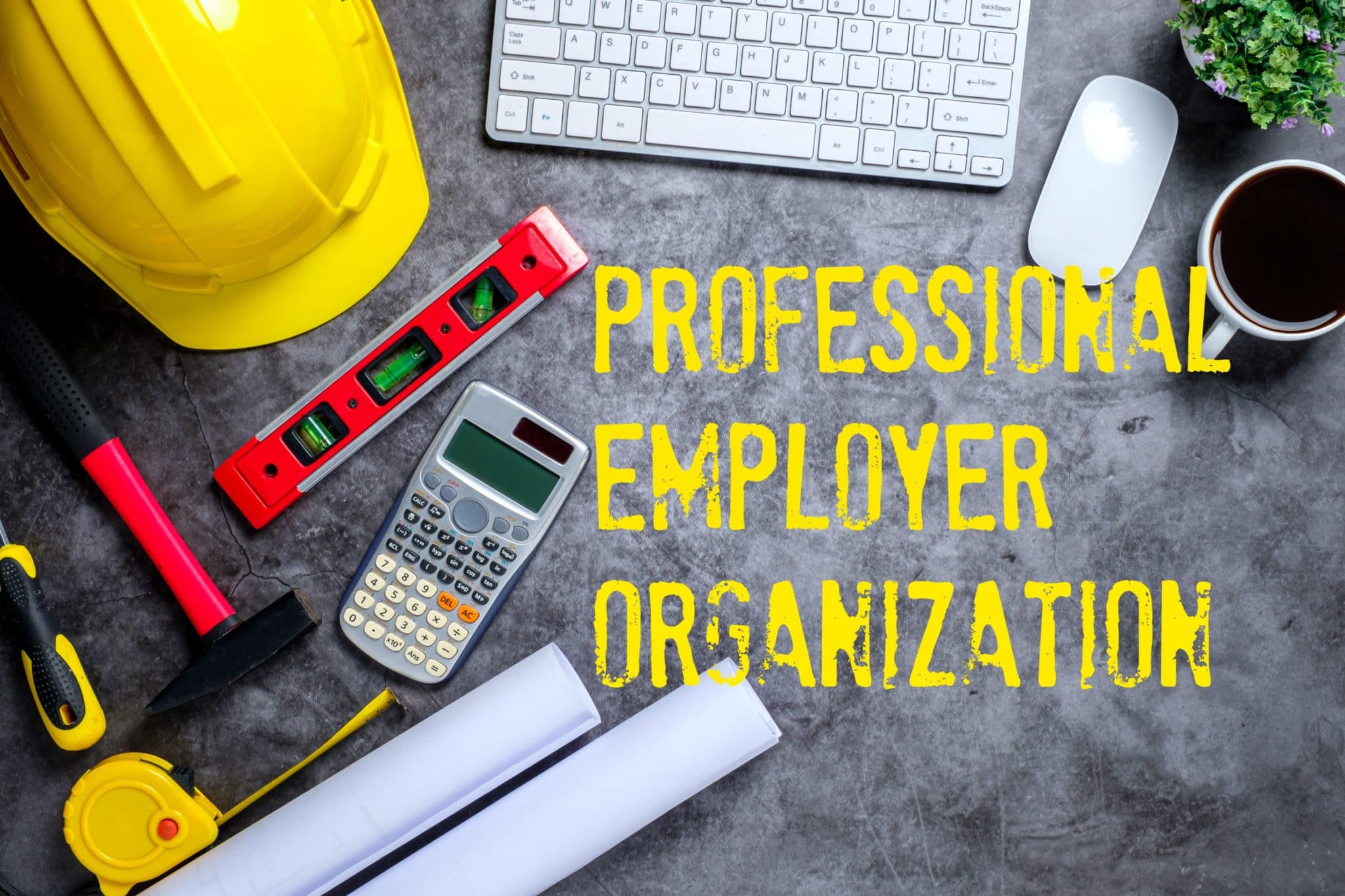After reaching a certain level of success, many construction companies struggle to keep up with employment and human resources (HR) tasks such as recruiting and hiring, payroll processing, and employee benefits and workers’ comp administration. One solution may be to outsource these functions to a professional employer organization (PEO).
How it works
When you partner with a PEO, a “co-employment” relationship is established. You retain control over hiring and firing decisions and management of your employees, but the PEO acts as an employer for purposes of many benefit and HR administrative functions.
This doesn’t mean you’re relieved of legal liability in these areas, though you may share liability with the PEO.
Benefits to consider
PEOs offer many benefits to construction businesses, including:
Fewer payroll hassles. A PEO familiar with the construction industry will competently assume the burdens associated with tracking hours, paying employees, withholding taxes, and handling other payroll administration and tax compliance matters.
More comprehensive HR services. A PEO can support your existing HR department or take over the role entirely, assisting with a variety of activities from employment verification and drug testing to preparing employee manuals to “onboarding” and training.
Better benefits. By pooling their clients’ employees, PEOs can often provide access to medical, retirement and other benefits that are superior to and/or less costly than those your construction company would be able to obtain on its own.
Lower workers’ comp costs. A PEO can help you with all aspects of workers’ compensation, from providing insurance to resolving claims to designing safety programs. A more efficiently and properly run workers’ comp program should lower costs.
Risks to consider
Using a PEO has its risks. For example, not all business owners are comfortable sharing certain decision-making responsibilities — such as selection of a benefits provider — with an outside party. Also, bringing in a third party to handle HR functions can sometimes create a culture clash with existing staff.
There may also be liability issues. For example, if a contractor hires a new worker and delays reporting the new hire to the PEO, there may be a gap in workers’ comp coverage until the worker is added to the PEO’s employee list.
And, as noted above, using a PEO doesn’t relieve your firm of liability for tax and other compliance obligations, so it’s critical to ensure that your provider assumes contractual responsibility for these obligations and that you oversee their performance. In addition, you’ll still need to track payroll-related job costs internally, which will entail some work.
Consider a certified PEO
Outsourcing payroll tax obligations can be particularly risky. You give up control over the process, but at the same time your firm’s “responsible persons” — including certain owners, executives and employees — remain liable for a PEO’s failure to collect and remit payroll taxes in many cases.
One way to avoid this liability is to use a certified PEO (CPEO). The CPEO was authorized by 2014 legislation and the IRS has established a process for PEOs to become certified. Unlike an ordinary PEO, a CPEO is treated as the legal employer of your workers and is solely responsible for withholding and remitting payroll taxes. The IRS provides a list of CPEOs here.
Do your homework
When considering a PEO or CPEO, it’s critical to evaluate whether a prospective provider can provide the specific kinds of employment and HR support you need. Are they a good fit for your construction company’s culture? Can they grow with you? Also, be sure to check a prospective provider’s client and professional references, as well as its track record of adherence to industry and legal standards.
Last, but not least, there’s the question of costs. How much will you have to pay for the services and does your budget allow for it? We can help you project the costs of bringing in a PEO or CPEO and calculate whether you’re likely to get a good return on investment.
© 2019


